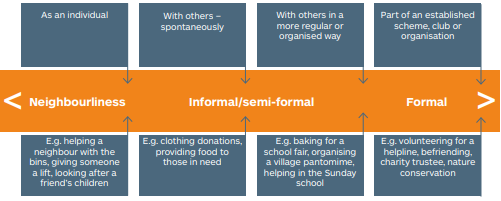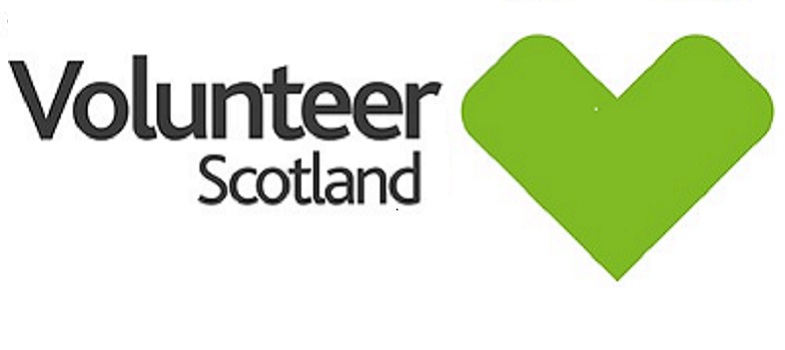Keeping Volunteers Safe: Restarting your Volunteer Programme
This course is about the essential things you need to consider to ensure a positive experience for individuals returning to engage in volunteering following suspension of programmes in response to Covid-19. The overall aim is to help you prepare your volunteers, organisation and colleagues to return to supporting volunteer involvement in your work. It was developed with input from volunteers, volunteer-involving groups and organisations, volunteer practitioners and trainers. This input has given us the volunteers’ perspective and the volunteers’ ‘voice’ that we hope you will find helpful throughout the course.
2. What is volunteering
2.1. Volunteering is a Choice
The Scottish Government’s Volunteering for All – A National Framework, states that
“Volunteering is a choice. A choice to give time or energy, a choice undertaken of one’s own free will and a choice not motivated for financial gain or for a wage or salary”.
Informal volunteering can include individual activities such as helping a neighbour, or group activities such as taking a friend’s children to school, without involving a group. Then there are forms of community action or social participation that can include residents’ committees or a community centre, where groups and group or organisations will often be involved to enable the voluntary activity. There is also formal volunteering, where you commit to giving your time to a group, such as fundraising in a local charity shop (see Figure 4).

Figure 4: The Scottish Government’s Volunteering for All – A National Framework (Crown Copyright, with permission)
